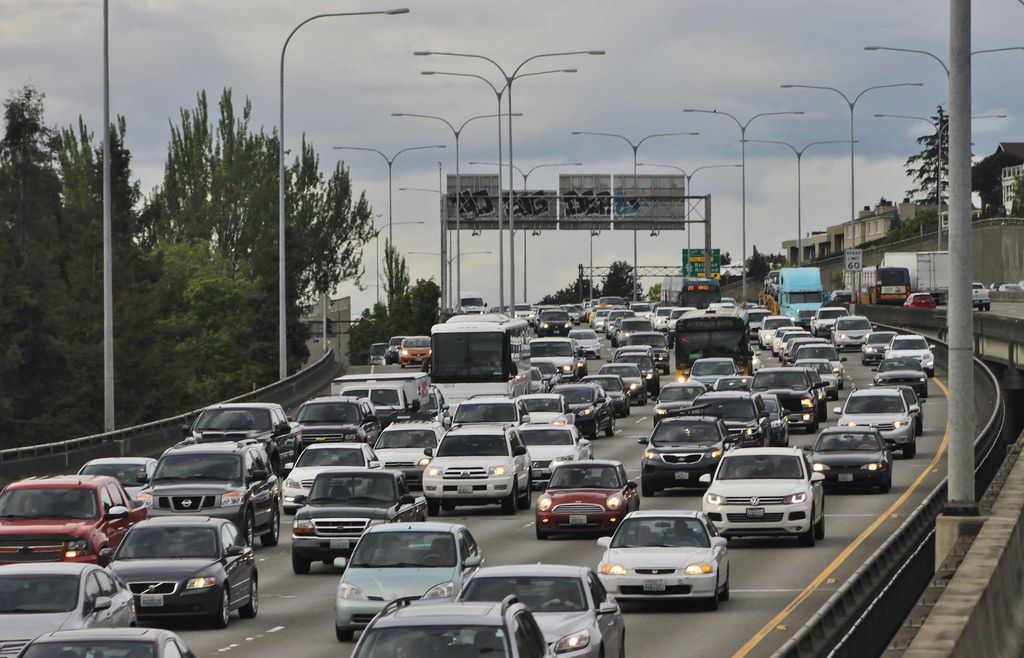Views expressed in opinion columns are the author’s own.
In November, Maryland Gov. Larry Hogan was handily re-elected, despite the state’s Democratic lean. He continues to reach to voters across the ideological spectrum on issues such as reproductive justice and the environment. In his recent State of the State address, he even mentioned combating climate change as a policy priority. So why is Hogan pitching a highway expansion project that will put more carbon-emitting vehicles on the road?
In September 2017, Hogan announced a $7.6 billion highway expansion project that would add four new express toll lanes each to Interstates 495 and 270, in an effort to reduce traffic congestion. Hogan claims that, because it will rely on a public-private partnership, this project will not come at the expense of the taxpayer. But the new lanes won’t move the needle much for low-income taxpayers.
Express lane projects are sometimes called “Lexus Lanes” by opponents for good reason. A project in Northern Virginia on I-66 similar to the one Hogan is proposing resulted in tolls as high as $47.50 during rush hour for single-occupancy vehicles. While the fee seems exorbitant, commuters in Virginia who carpool can use the lanes for free. This will not be the case in Maryland, however, so the only benefit for those who can’t afford the tolls will be the possible — but unlikely — decrease in the congestion of the original lanes.
Traffic congestion in Maryland is certainly a major issue. By some measures, Maryland has the second-longest commutes in the nation, and vehicle congestion has been shown to lead to increased carbon emissions. However, transportation experts generally agree that expanding highways will result in more cars on the road and more congestion. Given that Hogan’s plan doesn’t even incentivize carpooling, its environmental benefits are meager.
Continuing to focus state resources on single-vehicle transport is short-sighted policymaking. Fossil fuels are finite, and climate change is urgent; it makes more sense to invest in alternative transportation infrastructure such as bicycle and pedestrian paths and public transit. After all, what’s a better way to get more cars off the road than enabling alternative modes of transport?
In the two counties affected by the plan — Montgomery and Prince George’s — 54 percent of surveyed voters said they didn’t support the expansion. Although state transportation secretary Pete Rahn has said the plan won’t displace residents, many sections of I-495 and I-270 are in very close proximity to houses. Rahn’s statement seems as tenuously realistic as Hogan’s belief that widening highways will ease the region’s traffic woes. A 2009 study on the impacts of widening I-270 found that about 300 homes would be displaced in Gaithersburg alone.
Hogan’s Traffic Relief Plan exposes the governor’s stunning lack of vision. Regardless of its short-term effects on traffic congestion in the region, building new roads is not a sustainable transportation policy. It’s criticized by transportation experts and unpopular among constituents and lawmakers alike. We need a radical shift away from the same old transportation policy, but Hogan is stuck in the 20th century.
Emily Maurer is a junior environmental science and policy major. She can be reached at emrosma@gmail.com.



